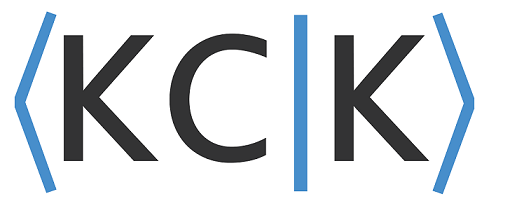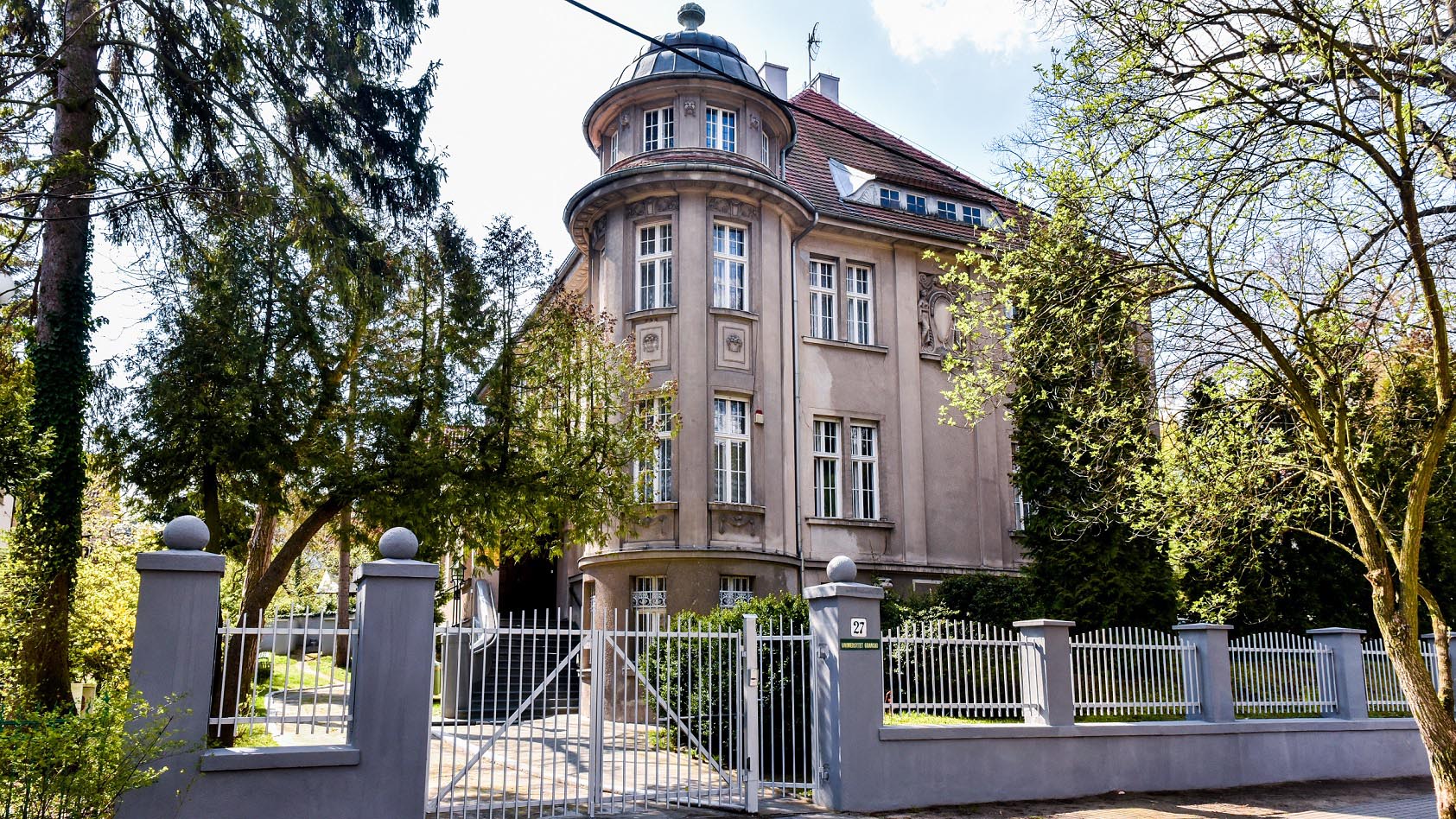PRELUDIUM 9
"Między informatyką kwantową a termodynamiką: o dozwolonych termodynamicznych przejściach stan-stan na poziomie kwantowym."kierownik: mgr inż. Piotr Ćwikliński
There are many important and publicly known law of physics. Among them, laws of thermodynamics shines very brightly. The laws of thermodynamics, and in particular the second law, govern much of the world around. From laws of thermodynamics, we know that a hot coffee in a typical 200C (680F) room, cools down (quite rapidly, sadly). However, due to the second law of thermodynamics, the reverse process where the heat is instead transferred from the cold (for example, room) object to the hot object (for example, coffee, thus warming it even more) is impossible. It is fundamental to industry, because, it tells us how good thermal devices like heat engines can be (for example, a car’s engine is the heat engine since it generates heat by combusting gasoline). But the laws of thermodynamics only apply to large classical objects, when many particles are involved. How do the laws of thermodynamics look like at the quantum level? Recently, it has been shown that at the quantum level there is not just one second laws of thermodynamics, but an entire family of second laws. Moreover, when one captures and put limitations on the essence of quantumness – so called “coherences”, the aspect of quantum physics essential for the iconic “Schrodinger’s cat”, there exist additional second laws, only for them. To obtain these laws, and in principle, results for quantum thermodynamics, one needs to check what are the limitations for allowed transformations between quantum states. In these studies, it is useful to cast thermodynamics as a resource theory. In the resource theory, one considers some class of operations, and then asks how much of some resource can be used to perform the desired task and how this resource can be manipulated.
The goal of this project is to study the graphical representation of allowed transitions between states, so called thermo-diagrams. Our task is to make these criteria more experimentally friendly.
The results can have applications for small systems, from nano-scale devices, to biological motors, to quantum technologies such as quantum computers.


